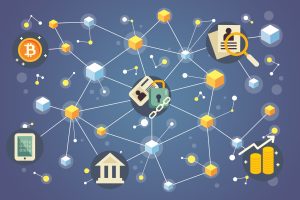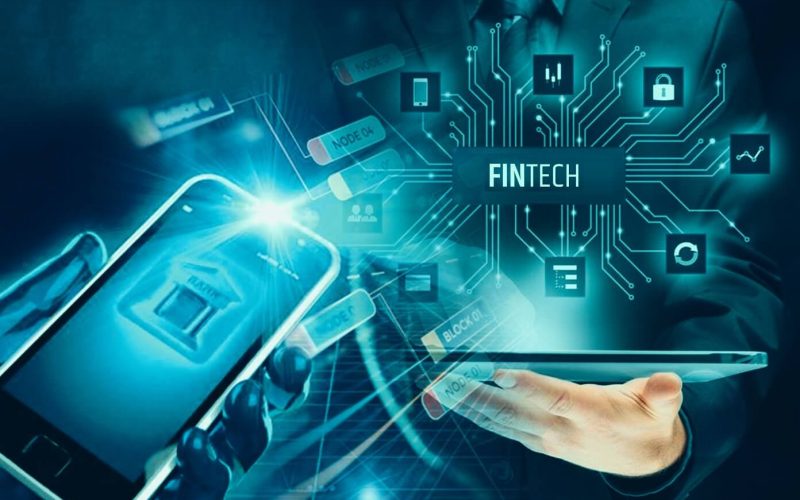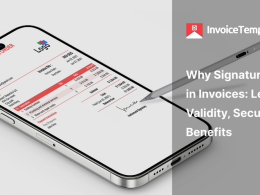The evolution of financial innovation relies on the technology underpinning economic goods and services. Below, we dive into ten fintech innovations in banking that are revolutionizing the sector this year.
By 2026, the fintech services market is projected to grow to $31.5 billion, quadrupling its size from six years ago. This growth underscores the dynamic innovations happening in the fintech sector. Financial institutions and fintech companies must stay vigilant to keep up with these transformative changes affecting financial services businesses.
“In this article, I focus exclusively on what our team believes to be the trendiest fintech innovation ideas and the most important concepts you should know as we enter a new era of processing transactions.”
1. Blockchain & IoT: Pioneers of Fintech Innovation

We begin our overview with two transformative technologies: the Internet of Things (IoT) and blockchain technology. These innovations have significantly impacted investment management and various financial services.
Blockchain Technology
Blockchain is considered the most secure technology for database management. It records every data transfer, change, and effort in tweaking data as separate entries, creating transparency and making data tampering nearly impossible. Critical applications include real-time transaction settlements and the use of smart contracts, bolstering efficiency and scalability.
IoT Applications
IoT platforms can expand the potential of financial apps. For instance, a security camera linked within a bank can detect irregularities or safety threats, reporting this data in real-time to regulators.
Sample Applications
- Smart Contracts: These contracts enable simultaneous payment of collateral and cash components, improving the efficiency of cross-border transactions.
- Digital Assets: Institutional investors utilize distributed ledger technology (DLT) for digital assets, facilitating transactions between traditional currencies and cryptocurrencies on digital platforms.
2. Payment Solutions: Enhancing Security and Efficiency
Biometric Payment Solutions
Robust biometric identification is essential for deterring cyber threats. This technology integrates smart card chip technology with multi-factor biometric verification, ensuring secure digital transactions.
Voice-Enabled Payment Innovations
Voice-enabled fintech payment innovations present an alternative for businesses aiming to implement POC initiatives cost-effectively. These innovations can be utilized for payments in retail shops without contactless payment devices, and they also allow visually impaired individuals to participate in the cashless economy.
Sample Applications
- Mobile Banking Apps: Users can employ authorized smart cards for secure payments through their mobile banking apps, using sensors for facial recognition or fingerprint authentication.
3. Open Source & SaaS: Speed and Flexibility
Open Source Software
Open-source software provides a free code base, allowing developers to create and modify their apps easily. For example, McKinsey’s analytics business launched Kedro in 2019, an open-source platform enabling data scientists to design data pipelines.
Software as a Service (SaaS)
SaaS allows financial services companies to utilize software as needed without owning or maintaining it. This saves costs and enhances efficiency, promoting flexible scaling as per business requirements.
Sample Applications
- Kedro: A platform by McKinsey that enables the design of data pipelines using open-source software.
- Serverless Architecture: Eliminates the need for operating servers, reducing idle time and increasing development efficiency.











